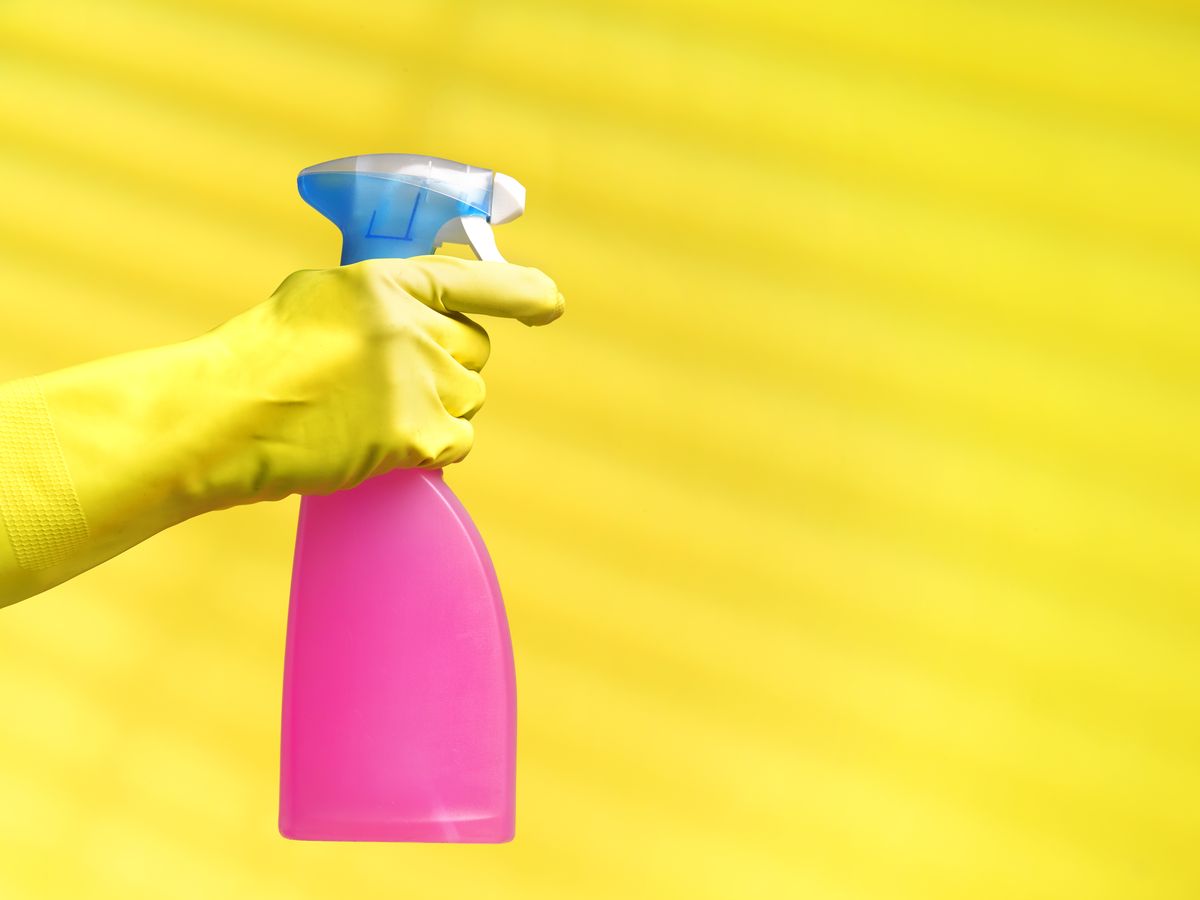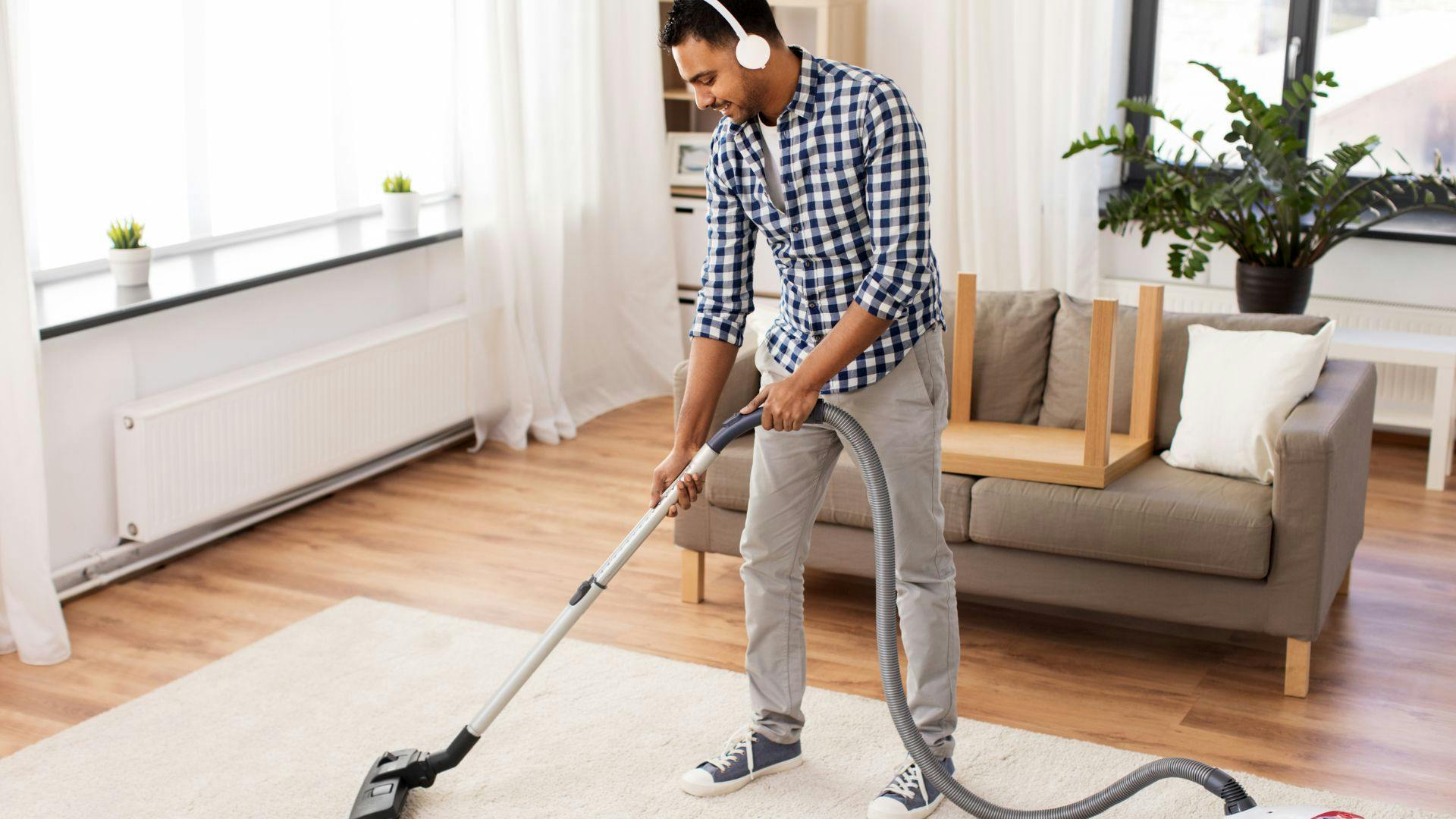The Best Everyday Cleaning Practices: Scrub the Surfaces, Vacuum Carpets, and Keep Clutter away
The Best Everyday Cleaning Practices: Scrub the Surfaces, Vacuum Carpets, and Keep Clutter away
Blog Article
Recognizing the Need for Thoroughly Decontaminating and Sterilizing Regularly Touched Surface Areas in High-Traffic Areas
In the world of public health and wellness and security, the careful disinfection and sanitization of regularly touched surfaces in high-traffic locations stand as extremely important procedures in avoiding the spread of damaging virus. The significance of this practice extends far past plain tidiness, delving into the world of condition prevention and area wellness. By checking out the numerous elements of surface sanitation, from the risks related to ignoring cleaning protocols to the effective approaches that can be used, a more clear understanding emerges of the important role these techniques play in protecting public wellness. As we browse this conversation, it ends up being evident that the effects of thorough surface area disinfection reverberate not only within the boundaries of a certain atmosphere however additionally resonate on a more comprehensive scale, influencing the health and wellness of individuals throughout diverse communal settings.
Relevance of Surface Area Sanitation
Stressing the complete sanitation of high-traffic surface areas is important in preserving a hygienic environment and stopping the spread of harmful microorganisms. High-touch surface areas such as door takes care of, light switches, lift buttons, and counter tops function as breeding grounds for infections and bacteria. Regular sanitation of these surface areas is vital to reduce the risk of contamination and transmission of health problems.
By executing a robust disinfection procedure, institutions and businesses can develop a much safer setting for visitors, staff members, and customers. Appropriate surface sanitation not just reduces the spread of infectious diseases however also instills self-confidence in the cleanliness and safety and security of the premises. This proactive approach shows a commitment to health and wellness and health, which is especially crucial in high-traffic locations where the probability of exposure to microorganisms is increased.
In addition, surface area sanitation plays an essential duty in total infection control strategies. Incorporated with hand hygiene practices, wearing masks, and preserving physical distancing, detailed disinfection of high-touch surface areas creates a detailed defense versus the transmission of dangerous microorganisms. Prioritizing surface area sanitation is a crucial part of a holistic approach to health and wellness in common rooms.
Risks of Disregarding Cleansing Practices
Ignoring extensive sanitation of high-traffic surface areas considerably enhances the risk of viral and microbial contamination, presenting a major danger to the health and wellness of individuals often visiting these areas. Failing to carry out proper cleaning methods can bring about the build-up and spread of damaging pathogens, including infections and germs, on frequently touched surfaces such as doorknobs, handrails, elevator buttons, and kitchen counters.

In addition, overlooking the importance of thorough cleansing not only jeopardizes the health of people however likewise threatens efforts to maintain a sanitary and clean setting. It is crucial to acknowledge the importance of correct sanitation protocols in protecting against the spread of infections and guarding public health.
Reliable Sanitation Techniques
To preserve optimum sanitation and lower the threat of contamination on high-traffic surface areas, using reliable disinfection methods is crucial. Among one of the most typical and efficient sanitation methods is making use of chemical disinfectants. These products can differ in stamina and composition, with some targeting certain pathogens like viruses or bacteria. It is important to follow the manufacturer's directions for appropriate dilution, contact time, and air flow when making use of chemical anti-bacterials to ensure their efficiency - defrosted and cleaned every few months.
Another efficient method is the usage of UV-C light. UV-C light has been shown to be efficient in killing a vast variety of microorganisms by interrupting their DNA structure, thus avoiding them from replicating. However, it is necessary to utilize UV-C light appropriately, making sure that the right strength and direct exposure time are used to accomplish the desired sanitation outcomes.
Additionally, using steam cleaning as a disinfection approach can be very effective, particularly on surface areas that are heat-resistant. Vapor can permeate porous surface areas and kill microorganisms, viruses, and various other microorganisms efficiently. When making use of vapor cleansing, it is essential to guarantee that the surface a knockout post gets to the needed temperature level for an adequate quantity of time to guarantee proper sanitation.
Effect On Public Health
The upkeep of high standards of tidiness and disinfection on high-traffic surface areas plays a critical function in securing public wellness. Regularly touched surface areas in areas with high tramp, such as doorknobs, handrails, elevator buttons, and washroom centers, work as reproducing premises for damaging pathogens. Falling short to adequately disinfect these surfaces can result in the rapid spread of contagious diseases within neighborhoods. By applying detailed sanitation procedures, the threat of transmission of viruses, microorganisms, and other bacteria can be substantially decreased.
Efficient sanitation practices not only secure individuals from dropping sick but likewise add to the total wellness of culture. Public health authorities emphasize the relevance of keeping clean settings to protect against episodes and have the spread of diseases. In high-traffic locations like flight terminals, institutions, hospitals, and public transport systems, the impact of rigorous sanitation procedures can not be understated. Focusing on the sanitization of regularly touched surface areas is an aggressive method to promoting public wellness and improving the safety and security of people in shared spaces.
Executing Regular Cleansing Protocols
Quickly instituting and adhering to a consistent routine of cleansing procedures is critical for preserving the tidiness and safety and security of high-traffic surfaces. Normal cleansing procedures are crucial in stopping the buildup of bacteria and microorganisms on regularly touched surfaces, particularly in locations with high foot website traffic. By implementing a systematic technique to cleaning, companies can effectively minimize the click resources danger of illness transmission and produce a healthier environment for staff members, consumers, and the general public.
To develop an effective cleansing timetable, it is vital to recognize high-traffic locations that call for regular interest. These areas may include doorknobs, handrails, lift buttons, toilet facilities, and shared devices. Applying a routine cleansing program that targets these surface areas numerous times a day can considerably reduce the spread of hazardous microorganisms and viruses.
Furthermore, utilizing suitable cleansing representatives and disinfectants is vital to ensuring that surfaces are completely sterilized. Normal training of cleansing team on proper cleaning methods and the value of adherence to the cleaning timetable is likewise essential in preserving a hygienic atmosphere. By prioritizing regular cleaning protocols, organizations can advertise the wellness and wellness of individuals that communicate with these high-traffic surfaces.

Final Thought
In final thought, it is critical to prioritize thorough disinfection and sanitization of frequently touched surface areas in high-traffic areas to prevent the spread of harmful virus and keep public health and wellness. It is necessary to recognize the value of keeping clean surface areas in high-traffic locations to guarantee the wellness of the neighborhood.
In the world of public health and safety, the meticulous sanitation and sanitization of frequently touched surfaces in high-traffic areas stand as extremely important measures in avoiding the spread of damaging microorganisms. By discovering the different aspects of surface sanitation, from the risks linked with ignoring cleaning protocols to the reliable approaches that can be employed, a more clear about his understanding arises of the crucial duty these practices play in guarding public health.In addition, using heavy steam cleaning as a disinfection technique can be highly effective, specifically on surface areas that are heat-resistant. When making use of heavy steam cleansing, it is vital to guarantee that the surface reaches the required temperature for an enough quantity of time to guarantee appropriate disinfection.
In verdict, it is critical to focus on detailed disinfection and sanitization of often touched surfaces in high-traffic areas to prevent the spread of damaging pathogens and keep public health.
Report this page